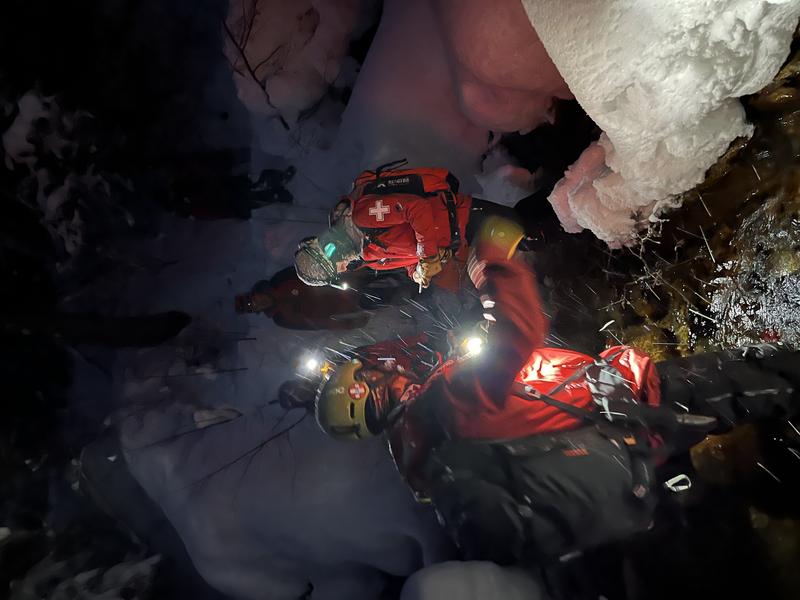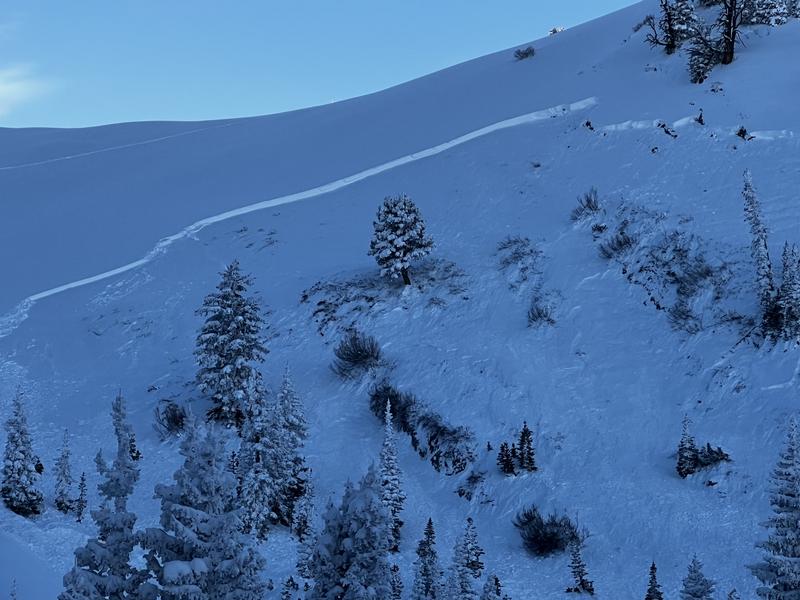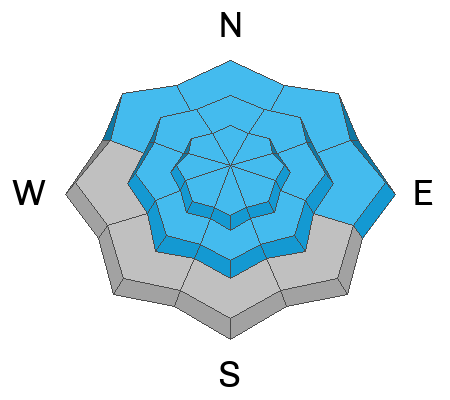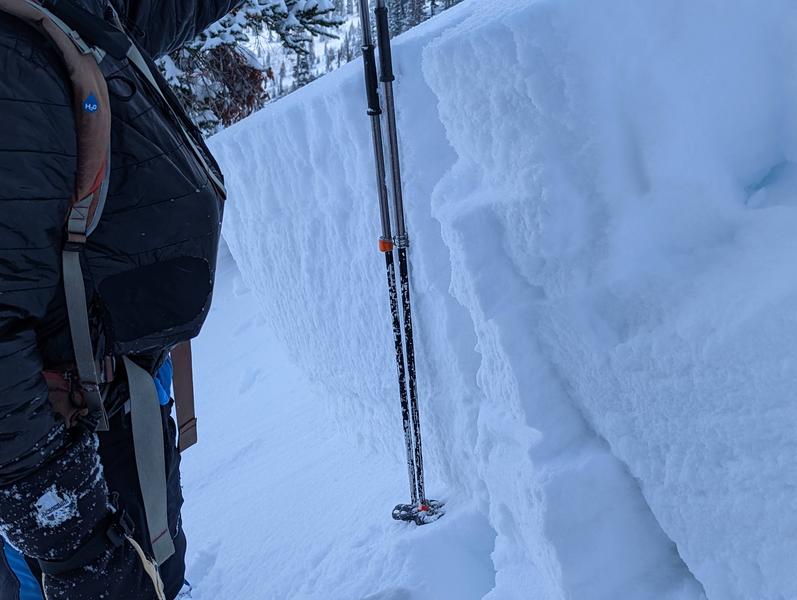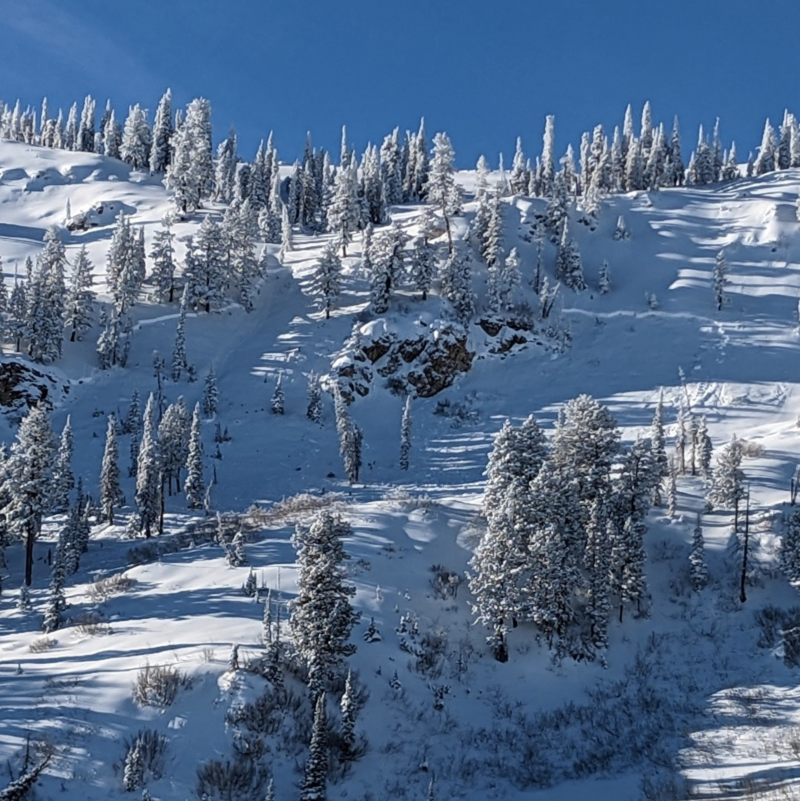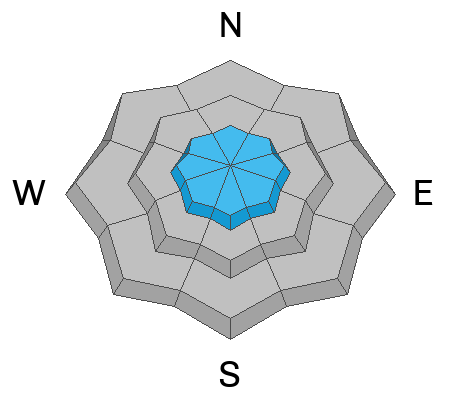Forecast for the Ogden Area Mountains

Issued by Drew Hardesty on
Sunday morning, December 18, 2022
Sunday morning, December 18, 2022
Areas of CONSIDERABLE avalanche danger exist on all northwest through east facing aspects at ALL ELEVATIONS (even LOW ELEVATIONS) for triggering avalanches 1-4' deep and hundreds of feet wide. These avalanches may be triggered at a distance, even from below. Areas of MODERATE avalanche danger exist on all other aspects and elevations. You can also trigger new soft slab avalanches of wind blown snow in the upper elevations today.
Avoid traveling on, below, or adjacent to slopes 30 degrees or steeper on northwest through north thorough the easterly aspects. Safe and excellent riding can be found on low angle slopes with nothing steeper above you.
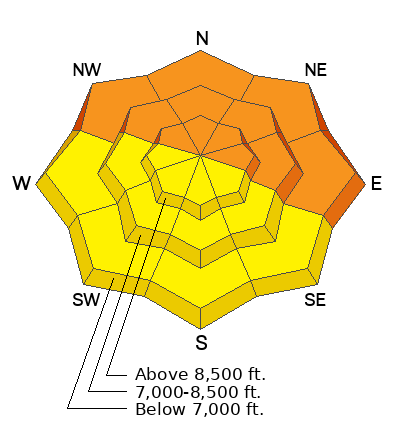
Low
Moderate
Considerable
High
Extreme
Learn how to read the forecast here



